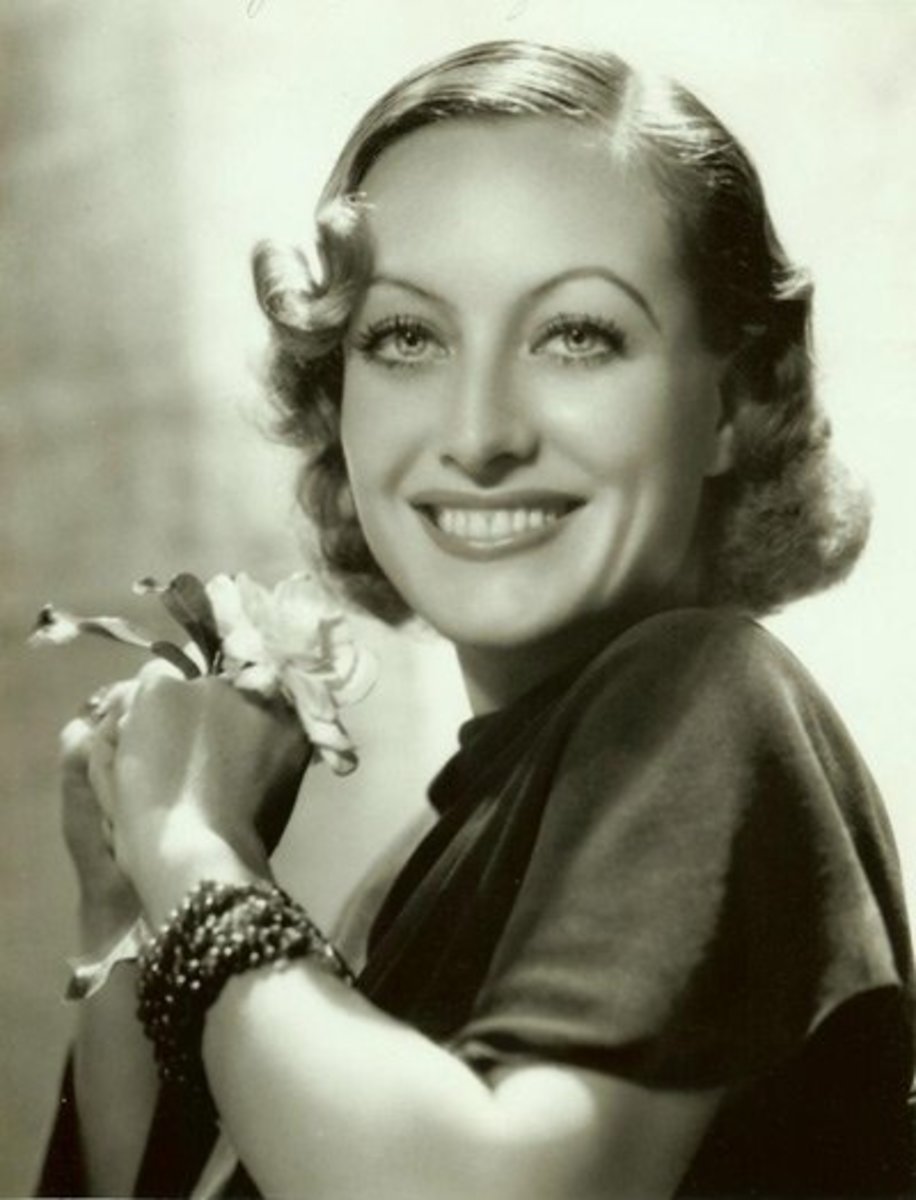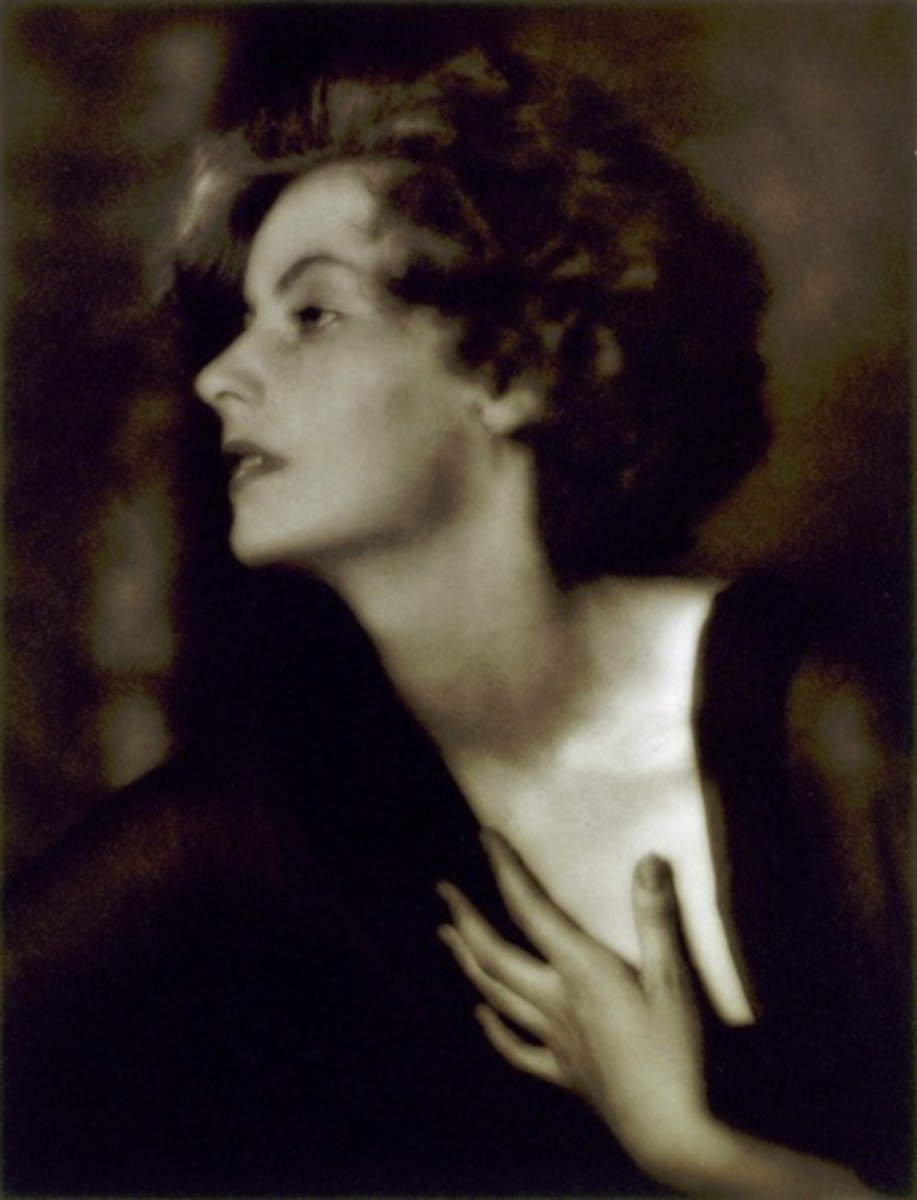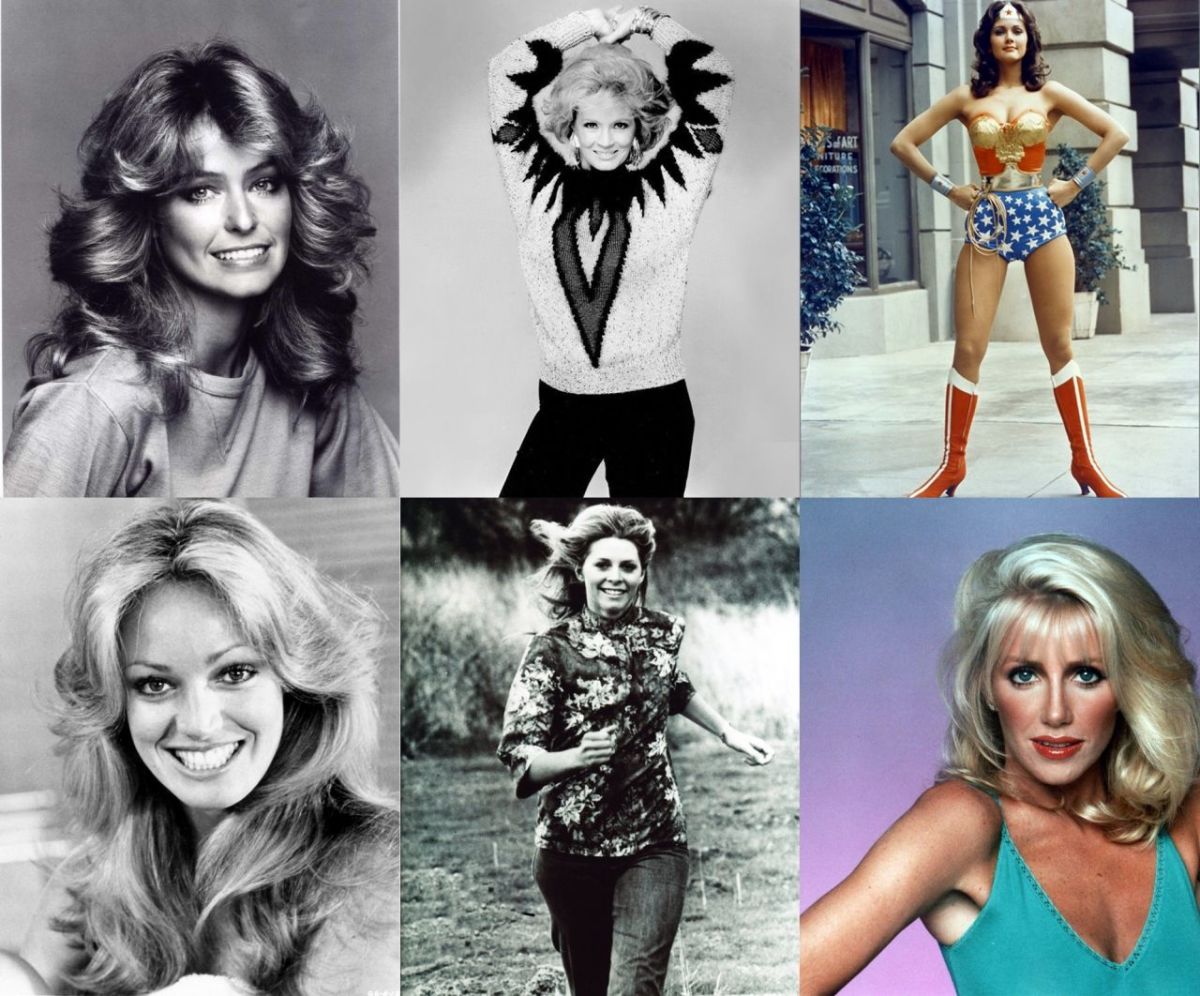Ingrid Bergman, A Natural Talent
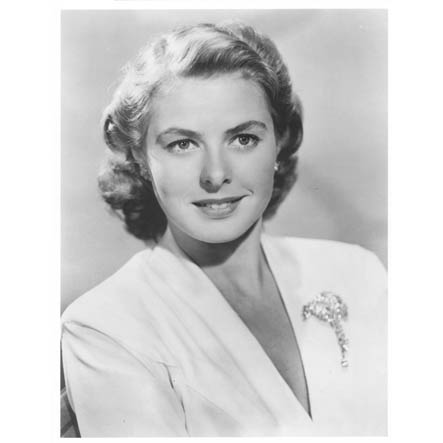
Ingrid Bergman
Ingrid Bergman was a Swedish actress who became one of the top stars of Hollywood's golden age. She had a unique, natural beauty and displayed an emotional intensity and sincerity on screen that audiences found irresistible.
She is best known for her role as Ilsa Lund in the classic 'Casablanca' in 1942, but she appeared in many top quality films during the course of her career and she received a total of 7 Academy Award nominations, winning the Best Supporting Actress Award once and the best Actress Award on 2 occasions. She is second only to Katharine Hepburn in the number of wins. She also won both an Emmy and a Golden Globe for her role as Golda Meir in 'A Woman Called Golda' in 1982. She appears in the AFI's list of Best Actresses at number four.
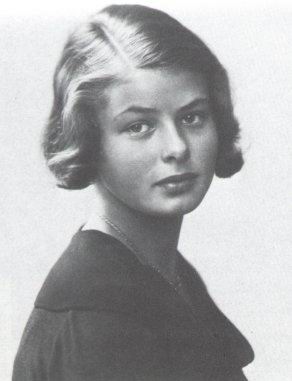
Early Years
Ingrid Bergman was born in Stockholm, Sweden, in August, 1915. Her father was Swedish and her mother German. Both her parents died by the time she was 13 and she was raised by an aunt and uncle. At 17 she had determined to become an actress and she enrolled in the Swedish Royal Theatre, but after only one year she decided that movies were her future and she joined a Swedish film studio in order to work in films full time.
In 1934 she made her movie debut in the Swedish film 'Munkbrogreven'. She was the protegee of Swedish director Gustaf Molander and with her acting talent and fresh, good looks, she very quickly became the darling of Swedish cinema. She made a total of twelve films in Sweden including 'Swedenhielms' in 1935, 'Dollar' in 1937 and 'På solsidan' in 1936 and one in Germany, 'Die vier Gesellen' in 1938. She was then signed up by Hollywood producer David Selznick to star in the 1939 English language remake of 'Intermezzo' which she had made, in Swedish, in 1936. She went to Hollywood leaving behind her husband, Petter Lindström, who was a dentist and their daughter, Pia Lindström, who had been born in 1938.
Early Stardom
In 'Intermezzo: A Love Story' in 1939, Ingrid starred with Leslie Howard an established Hollywood actor. In it she was able to realize her immense potential as an actress capable of both charm and intensity. This was the start of an astonishing impact on Hollywood and America in which her fresh, natural beauty, with little or no makeup, made her stand out amongst the other young actresses. Selznick and his wife, Irene, became important friends. Intermezzo was an great success and Bergman became a major star. Her Hollywood career was well and truly launched.
After 'Intermezzo' Ingrid made three films in 1941, 'Adam Had Four Sons', 'Rage in Heaven', and 'Dr. Jekyll and Mr. Hyde', all of which were moderately successful. She had also starred on Broadway in 'Liliom' in 1940 and in a production of Eugene O'Neill's "Anna Christie" in 1941. The following year was to change her life forever.
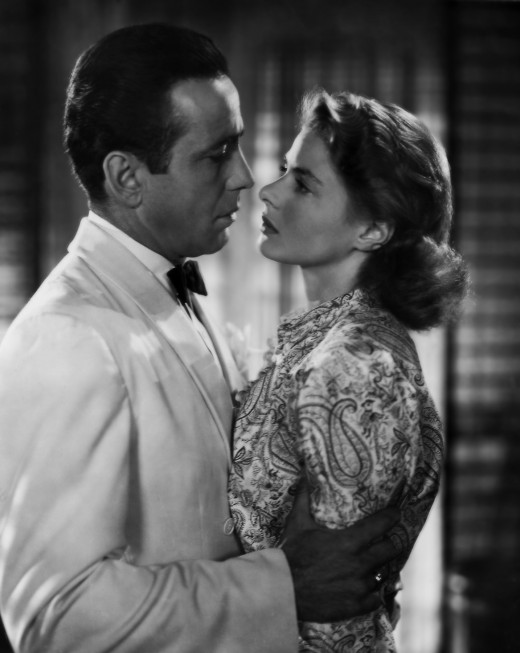
Casablanca
In 1942 Ingrid was chosen to appear with Humphrey Bogart in 'Casablanca', a romantic drama about life and love in wartime French Morocco.
The movie has become legendary in its appeal. It was nominated by the AFI as the top American love story and Bergman's pairing with Bogart made them one of the most unforgettable cinema couples of all time. The film shows how naturally she played romance in an inner mood of torment and indecision. 'Casablanca' established her as one of Hollywood's foremost romantic leading ladies.
Golden Hollywood Movies
- Some Like It Hot, Hollywood Comic Perfection
Some Like It Hot is an exceptionally funny film comedy, a classic that has been voted the best comedy film of all time and is one of most successful comedies ever. Three major stars, Marilyn Monroe, Tony Curtis and Jack Lemmon at their very best. - The Wizard of Oz
The Wizard of Oz is a classic, much loved film musical and is generally ranked among the top ten best movies of all-time. Its Oscar winning song, "Over the Rainbow," was almost cut from the film as being too sophisticated for the young Judy Garland. - Casablanca, You Must Remember This
Its as near to perfection as you can get with a film. Placed at the top or near the top of every list of Great Movies and universally loved. Great story, fizzing chemistry between Bogart and Ingrid Bergmann, wonderful music, and unforgettable ending
Superstar
Ingrid was now a Hollywood superstar. She became the top box-office draw
in Hollywood movies and she had a series of hits starting with 'For
Whom the Bell Tolls' in 1943, with Gary Cooper, and for which she
received her first Academy Award nomination for Best Actress and she
won The Best Actress Oscar for her performance as the persecuted wife
in 'Gaslight' the following year. Her performance as a nun in The Bells
of St. Mary's in 1945, in which she played a nun opposite Bing Crosby's
priest, gained her a third consecutive nomination for Best Actress.
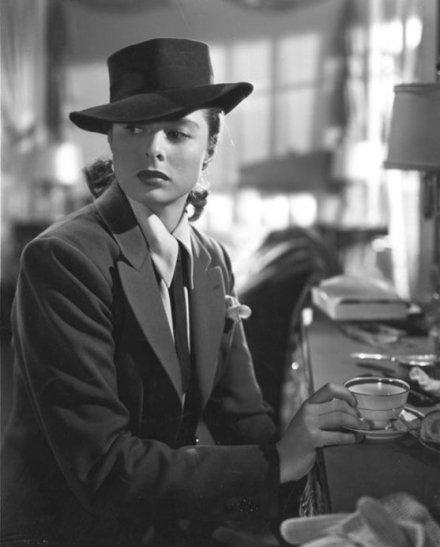
From 'Notorious'
Ingrid continued with two more successful films for Alfred Hitchcock, 'Spellbound' in 1945 with Gregory Peck, and 'Notorious' in 1946 with Cary Grant. She then returned to the stage, playing Joan of Arc in a 6 month run on Broadway in the play "Joan of Lorraine," which won her a Tony Award for Best Actress. In 1948, she starred in the film version of this play and was again nominated for the Best Actress Award, but, although critically acclaimed, the film did not do well at the box-office.
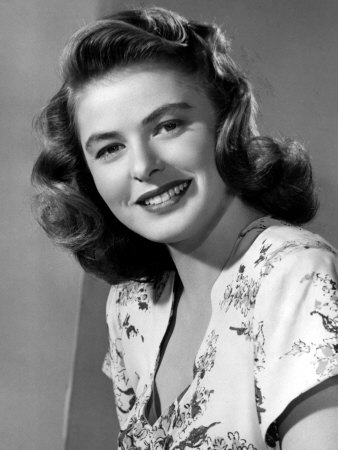
Fall From the Pedestal
After 10 years of success, Ingrid, was an icon of wholesome purity and a much loved public figure. In fact she was a normal human being and unbekownst to her adoring public she had had numerous affairs including with photographer Robert Capa and director Victor Fleming. Her public fall from grace was swift.
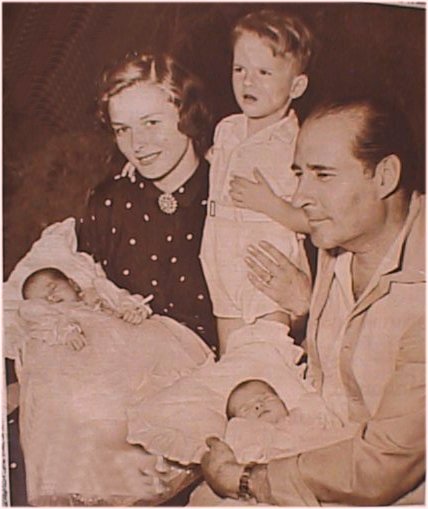
In 1950 she went to Italy to film 'Stromboli' with director Roberto Rossellini. They fell in love and began an affair. Both were already married, albeit unhappily and both she and Rossellini sought divorces to enable them to marry each other. Ingrid became pregnant and their son, Roberto, was born in Italy in 1951, before they were married. In 1951 extra-marital affairs were still considered the height of sinfulness and the American public was, or pretended to be, outraged.
Ingrid stayed in Italy, married Rossellini and in 1952 had twins, Isotta and Isabella Rossellini. Ingrid and her new husband made two more films together; 'Europa '51 in 1952 and 'Viaggio in Italia' in 1954, films that were acclaimed by the critics but generally disliked by the Puritan public in America, whose hypocritical morality could not forgve her for her adulterous relationship with the director.

- Hollywood's Golden Age
Unique profile and information site about the actors, the actresses, the directors and the great films they made in the golden age of Hollywood.
After her marriage to Rossellini broke down in 1956 Bergman starred in Jean Renoir's 'Elena et les Hommes, a romantic comedy which although cooly received at the time is now regarded as one of her most accomplished performances. She returned to America in 1956 with 'Anastasia' which brought her a second Oscar for Best Actress, and the fickle public embraced her once more. Even after seven years away from the Hollywood limelight she was still a major star and very much in demand.
In 1958 she once more starred with Cary Grant in 'Indiscreet' and then had another success in the same year with 'The Inn of the Sixth Happiness'. Also in 1958 she got married for a third time to theatrical producer, Lars Schmidt, a fellow Swede. For the rest of her career she alternated between movies, stage work and television, both in America and Europe and she continued to win awards and accolades for her work.
She worked with her husband in such plays as 'The Turn of The Screw' in 1960 and 'Twenty-Four Hours in a Woman's Life' in 1961, and she appeared in London's West End, working with such illustrious stage stars as Sir Michael Redgrave in 'A Month in the Country' in 1965, and Sir John Gielgud in 'The Constant Wife' in 1973.
Last Years
One of her last movies was 'Murder on the Orient Express' in 1974 for which she won her third Academy Award , her first for Best Supporting Actress. the following year she and Lars Schmidt were divorced and she was also diagnosed with breast cancer. She continued to work and in 1978 played a concert pianist in Ingmar Bergman's 'Höstsonaten' ('Autumn Sonata'), a brilliant performance in a picture that drew directly upon her own struggle between career and family, and for which she received an incredible seventh Academy Award nomination. Her final performance, another tour de force, came on television as the Israeli Prime Minister, Golda Meir, in 'A Woman Called Golda' in 1982.
Ingrid Bergman,s extraordinary life came to an end when she died in her sleep at the age of sixty-seven, on her birthday, 29th August, 1982.
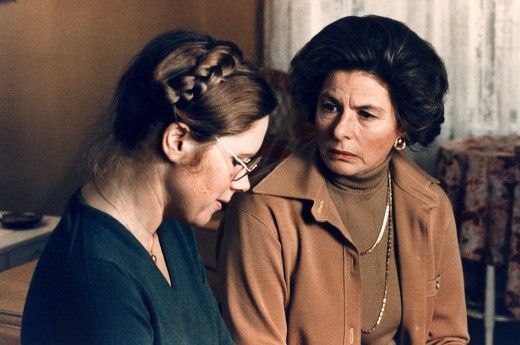
Why not SIGN UP WITH HUBPAGES TODAY?
- HubPages New User Signup
HubPages membership is totally FREE - So get writing, make friends (and if you want) Make Some Money!
Ingrid Bergman Biography
- Ingrid Bergman
All about the wonderful Ingrid Bergman - A full biography, filmography and gallery. All you need to know about the 'much loved star of 'Casablanca'.

